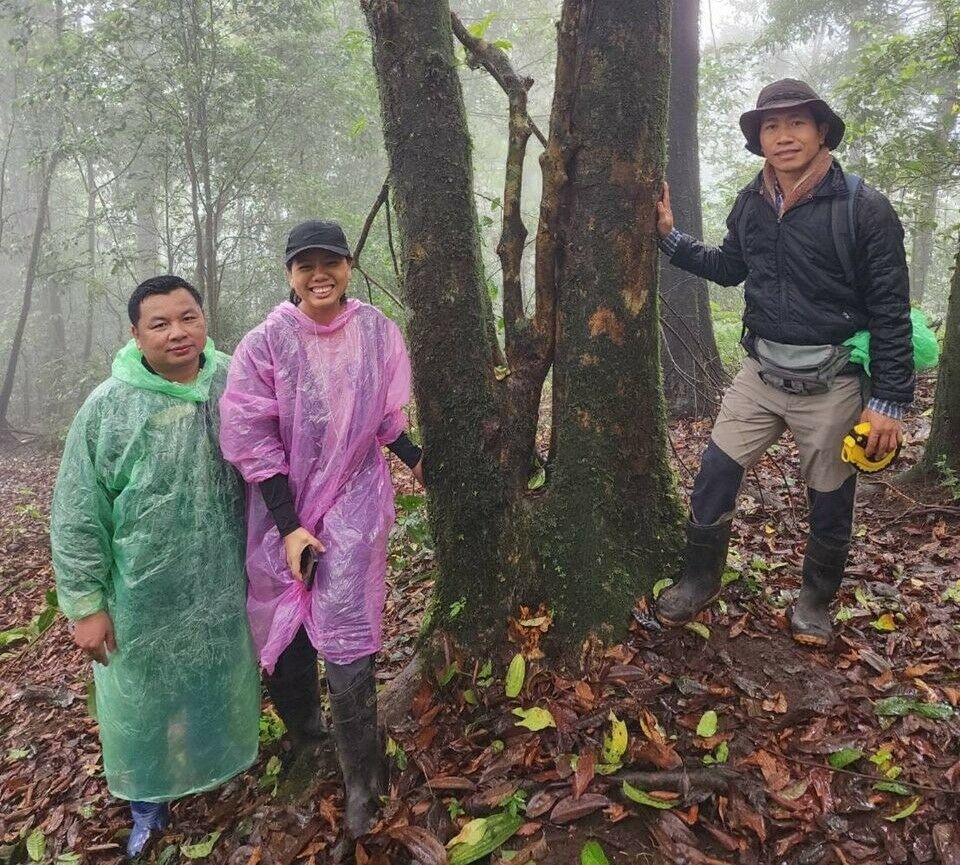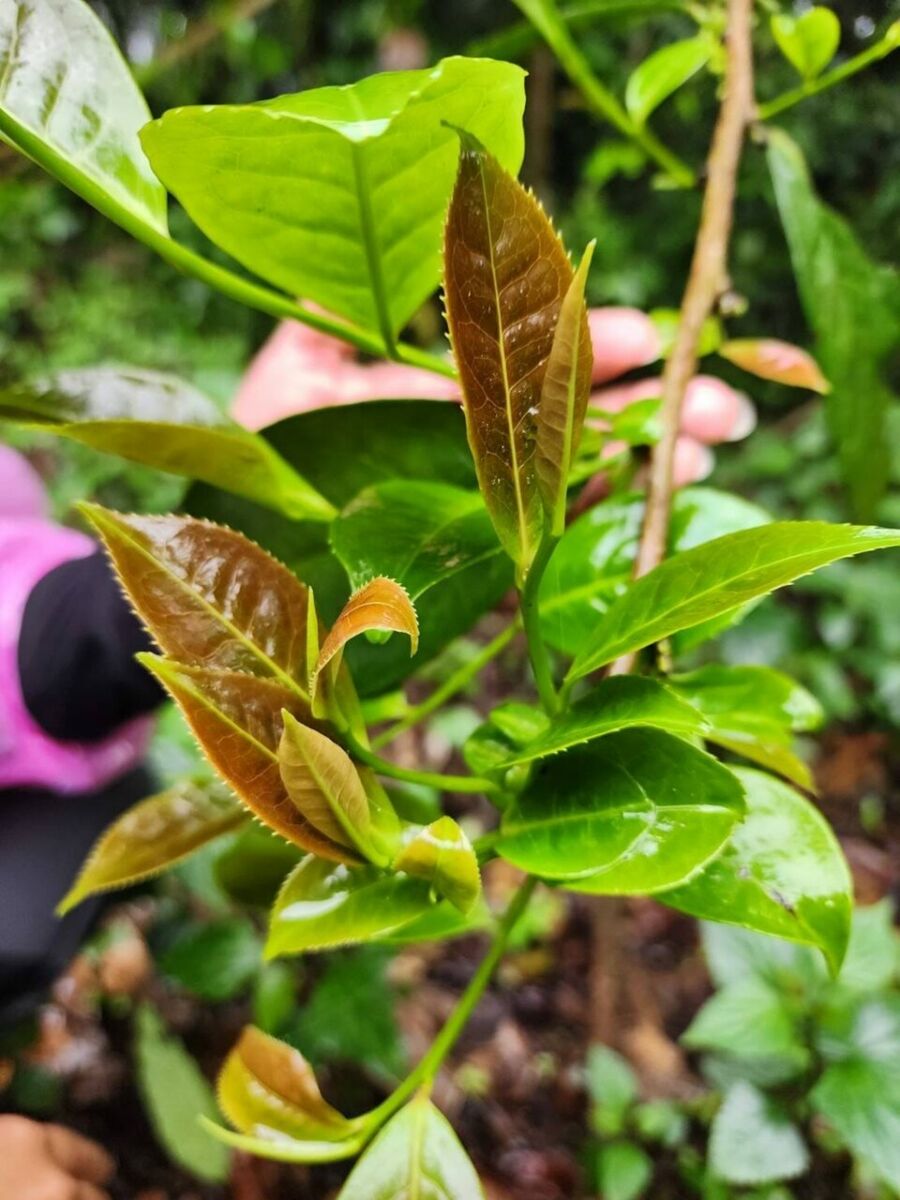Brew discovery: Rare ancient tea plants sparks conservation efforts

The discovery of rare ancient tea varieties in Chiang Mai has significant implications for global tea conservation. The area now holds Thailand’s largest collection of ancient tea genetics.
The Director of the 16th Conservation Area Administration Office in Chiang Mai, Kritsiyam Khongsatri commissioned the survey. The team, including the Head of the Doi Chiang Dao Watershed Research Station, Manop Kaewfoo and an independent tea expert, conducted the study in the Mae Sot Watershed Management Unit in Mae Chaem District.
Preliminary findings suggest the tea plants (Camellia sinensis) may be among a variety typically found in Yunnan Province, China.
The survey identified two main groups of ancient tea plants in the area. The first group is located along the ridgeline and firebreaks, spanning a width of 10 meters from the Mae Sot Watershed Management Unit to the peak of Doi Sorkaejo, covering approximately 2 kilometres.
This area, near Ban Mae Ngan Luang in Pang Hin Fon, Mae Chaem District, hosts about 150 tea plants. These plants have trunk diameters starting from 20 centimetres, with the largest mother plant boasting a circumference of 2.06 metres at its base.
Additionally, when measured at breast height (DBH), the trunk splits into two branches, with circumferences of 88.5 centimetres and 1.1 metres respectively and reaching a height of 15 metres.

600 plants
The second group of ancient tea plants is found along the ridgeline near Ban Mae Ning Nai in Mae Sot, Mae Chaem District, bordering Mae Hong Son. This area contains around 600 tea plants, also starting from a trunk diameter of 20 centimetres.
The largest plant in this group has a base circumference of 157.1 centimetres, though it shows signs of damage and cavities at breast height, standing at 7 metres tall.
Sarawut emphasised that there are still surrounding areas yet to be fully surveyed, which might reveal more ancient tea plants. The significance of these findings lies in the potential to preserve ancient tea varieties on a global scale.
This region represents the largest genetic reservoir of ancient tea in Thailand, crucial for biodiversity conservation and at high risk of exploitation.
Foreign investors are increasingly interested in producing beverages from these rare tea leaves, which command high prices. However, local communities lack the necessary knowledge for effective conservation and sustainable use of ancient tea resources, reported KhaoSod.
The importance of preserving these ancient tea varieties cannot be overstated. They not only hold genetic significance but also represent a valuable part of the local ecosystem and cultural heritage.
Latest Thailand News
Follow The Thaiger on Google News:


























